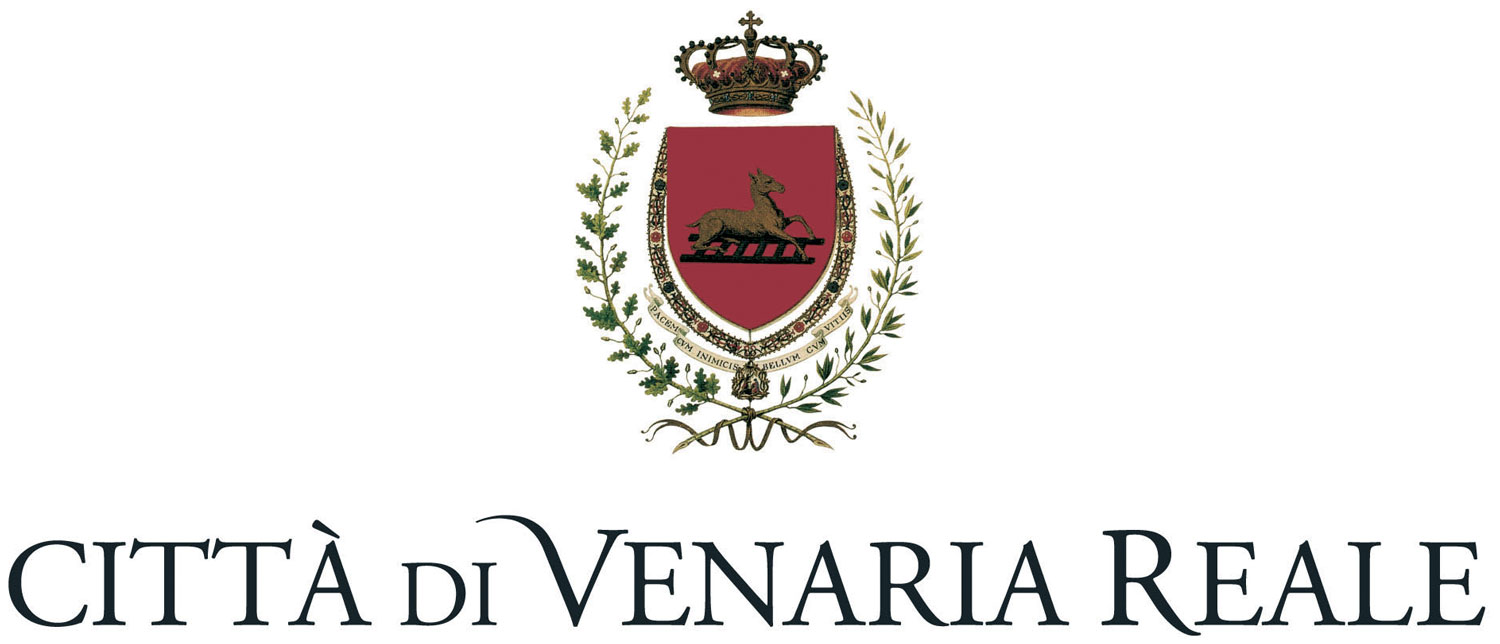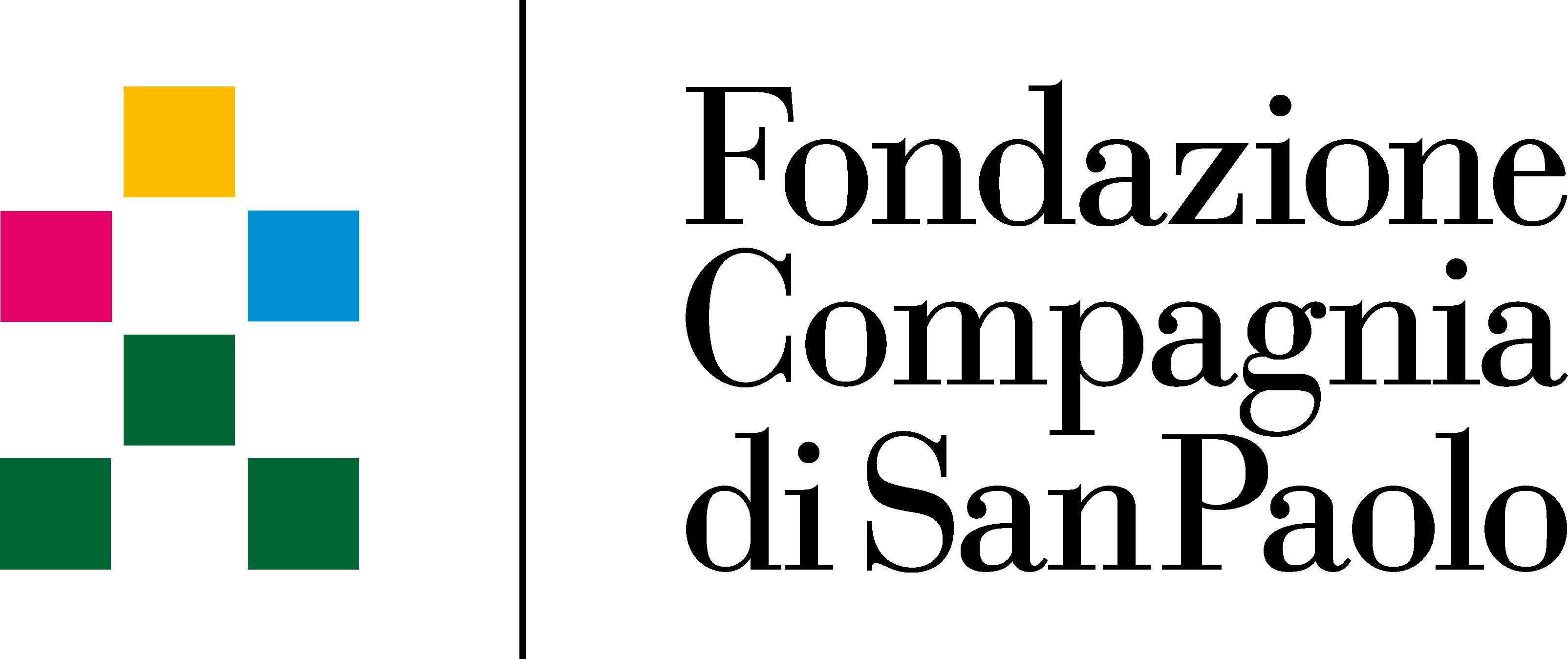La Venaria Reale is a grandiose estate just outside Turin. In comprises 80,000 square meters of floor surface in the Reggia and 60 hectares of Gardens, adjacent to the 17th century ancient village of Venaria and the 3,000 fenced hectares of the Park of La Mandria. It is a natural and architectural masterpiece that was declared part of the World Heritage by UNESCO in 1997. It reopened to the public in 2007 after completing the EU’s largest cultural restoration project to date.
The monumental palace or Reggia boasts some of the finest examples of universal Baroque: the elegant Hall of Diana designed by Amedeo di Castellamonte, the solemn Great Gallery and the Church of St. Hubert, the imposing complex of the Juvarra Stables designed by Filippo Juvarra in the 18th century, the sumptuous decorations and the spectacular Fountain of the Stag in the Court of Honor and the spectacular Fountain of the Stag in the Court of Honor provide a unique setting for the Theater of History and Magnificence, the permanent display - almost 2,000 m long - devoted to the House of Savoy, that spans from the basement level to the piano nobile of the Reggia.
History in brief
1658-1699: An estate for Hunting and Leisure
At the mid-17th Century Duke Carlo Emanuele II of Savoy and Duchess Maria Giovanna Battista of Savoy Nemours decided to add one more jewel to the crown of stately houses dotting Turin’s surroundings. Court architect Amedeo di Castellamonte was thus appointed to design an estate for hunting and leisure. His grand project included the palace, the park, a hunting ground in the woods and a whole village. In addition to the palace, the Italian gardens and its sculptures, the estate would also comprise fountains, spectacular staircases and terraces on different levels - a Parco Alto that was level with the Palace and a Parco Basso that was level with the Peschiera. The plan was made unique by a single prospective view that ran into a straight line from the Borgo (village) to the heart of the Reggia, along the canal that linked the Fontana d’Ercole to the Tempio di Diana.
1699-1798: The Palace of Kings. A Court for the Sovereign
Starting in 1699, the architect Michelangelo Garove redesigned the whole complex of the Reggia into an even more imposing and magnificent estate, matching the ambitions of Vittorio Amedeo II. The Gardens were redesigned in the French style, with views opening out to infinity on a new scale as dictated by the taste of the greatest European court, Versailles. Meanwhile, the Duke became King and in 1716 he commissioned the enlargement of the estate to Filippo Juvarra. Juvarra’s Galleria Grande, the Cappella di sant’Uberto, the Citroniera and the Scuderia turned the Reggia into a baroque masterpiece in its own right. In 1739 Carlo Emanuele III instructed Benedetto Alfieri to connect the various sections of the estate through a system of galleries and spaces, including new stables and a covered riding ground. Life at the Reggia would continue under Vittorio Amedeo III and Carlo Emanuele IV, up until the decline of the Ancient Regime.
1798-1999: Military Barracks and Decline
The Reggia was turned into a military barracks in the early 19th Century, following the arrival of Napoleon, when the King fled the estate and subsequently returned. The original layout of the Gardens was wiped out to make room for a military drill ground. Thus horses, cannons and muskets came to replace flowerbeds, fountains and sculptures. The park bustled with uniformed troops in the Wars of Independence and then later with Italian soldiers during World War I and II. When the military left, the Reggia fell prey to vandals who stripped it bare, taking away all reusable parts including doorframes and window panes. It was in this period of oblivion that the local community and the Authority for the Architectural Heritage put in place their best efforts to salvage the complex.
1999-2007: The Restoration Project
The restoration of the Reggia and the Gardens is part of the La Venaria Reale Project that also aims to revive the nearby ancient Village and the Park of La Mandria. The project by the Ministry for the Cultural Heritage and Regione Piemonte began in 1999 with the support of the European Union and the Ministry for the Economy, in collaboration with the Province of Turin, the Town of Venaria Reale and the Town of Turin. Frescoes, decorations and archaeological findings were brought back to light using cutting-edge restoration techniques. It was the largest project for the restoration of a cultural asset ever undertaken in Europe that revived a surface of 100,000 square meters, recovering 9,500 square meters of stuccowork and 1,000 square meters of frescoes. In the Gardens 50 hectares are now open to visitors and 100,000 new plants are in place, 11 million litres of waters fill the Peschiera with the addition of the 4,500 square meters surface of the Scuderie Juvarriane. This whole area in the vicinity of Turin has undergone a major renovation.
From 2007: The Rebirth
The inauguration on 12 October 2007 marked the rebirth of the Reggia and its Gardens. Architecture, history, landscape and modern artistic languages - like Peter Greenaway’s cinema and Giuseppe Penone’s sculptures - lift the curtain on a modern court that is home to a permanent display, major exhibitions, art performances, concerts, conferences, entertainment programs and events. Beauty, leisure and culture are finally back at the Reggia di Venaria.

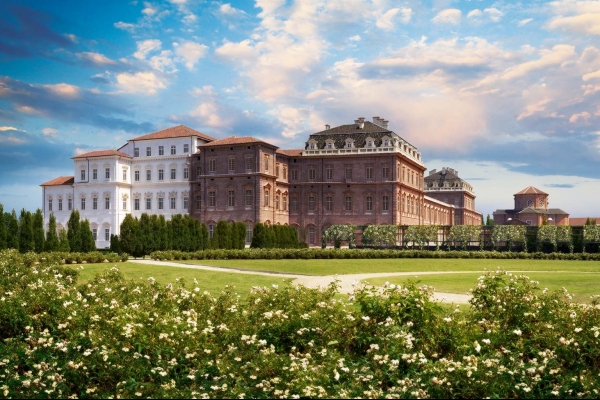
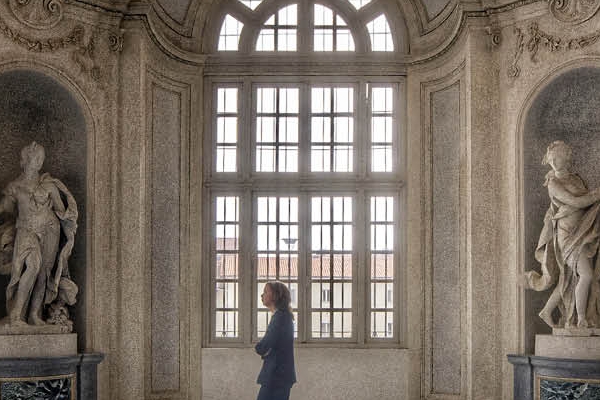
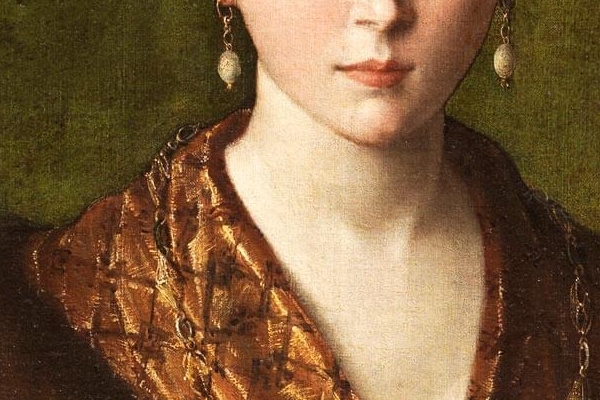
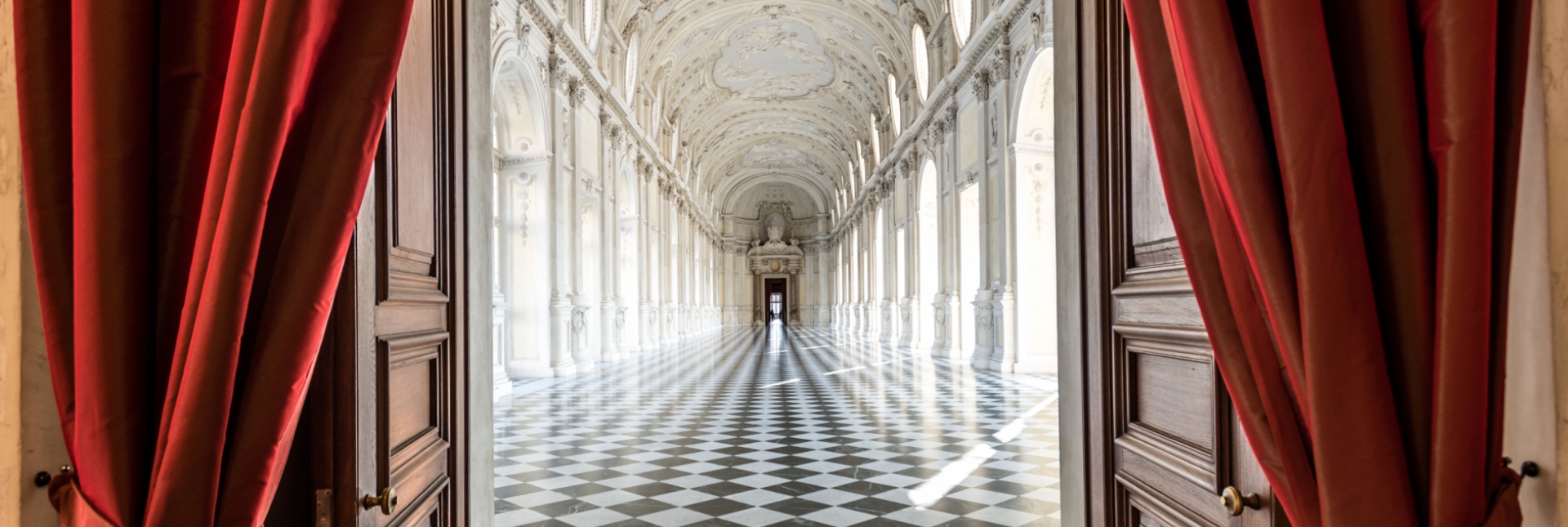
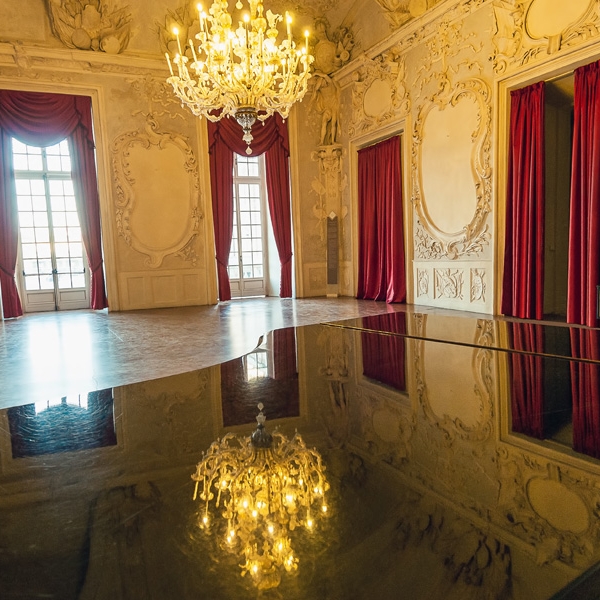


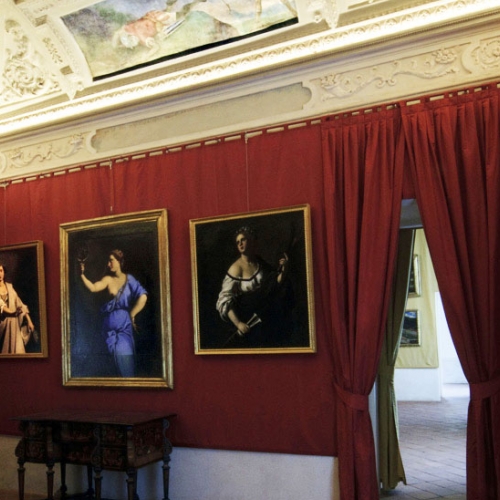

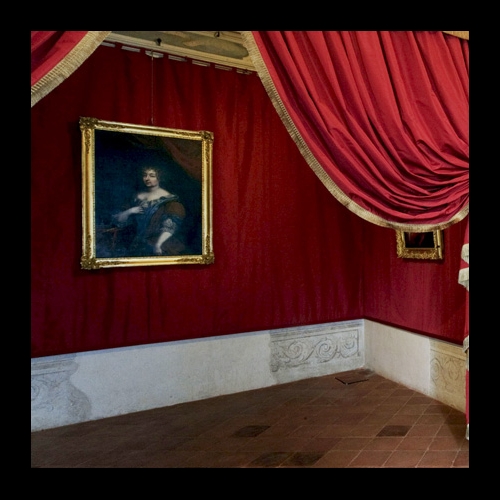





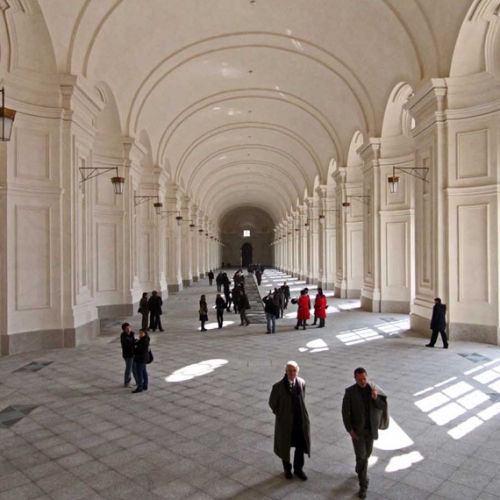

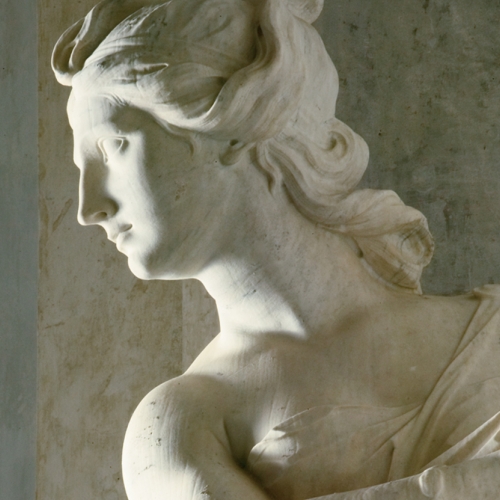
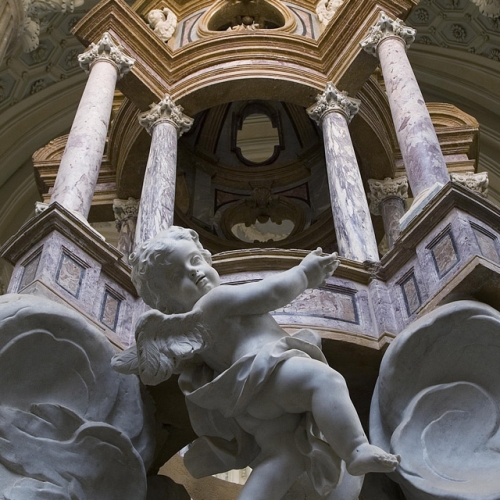
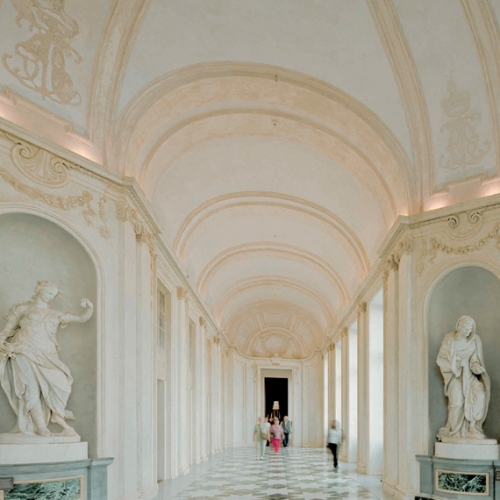




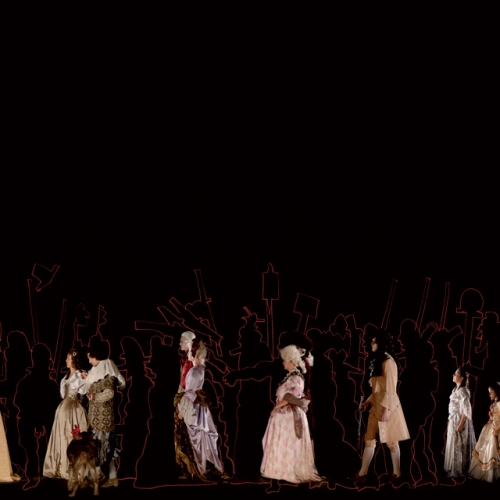
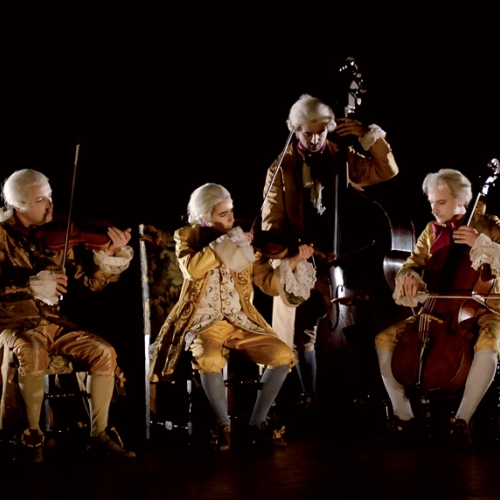
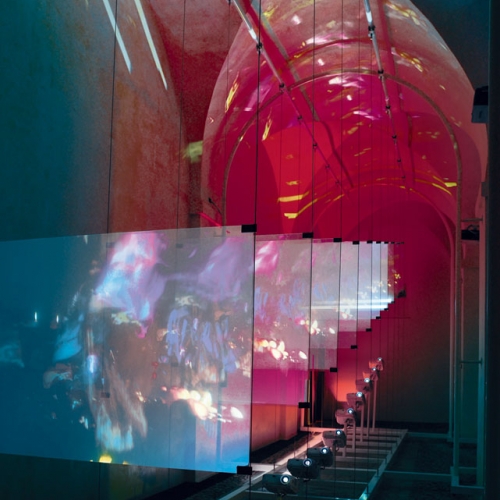
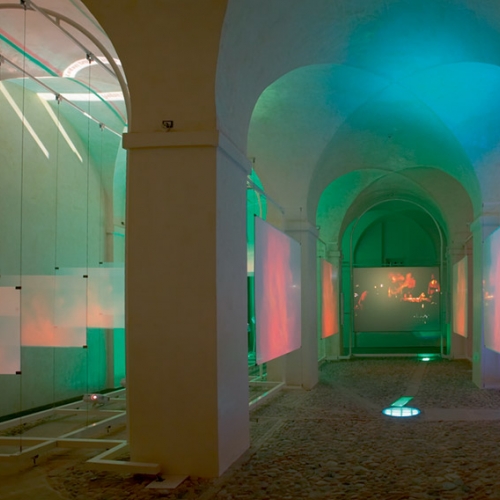
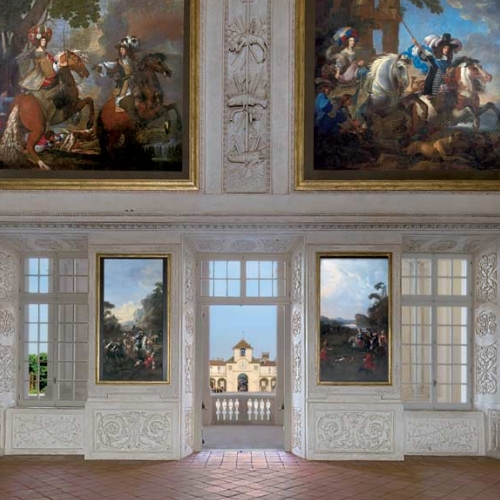
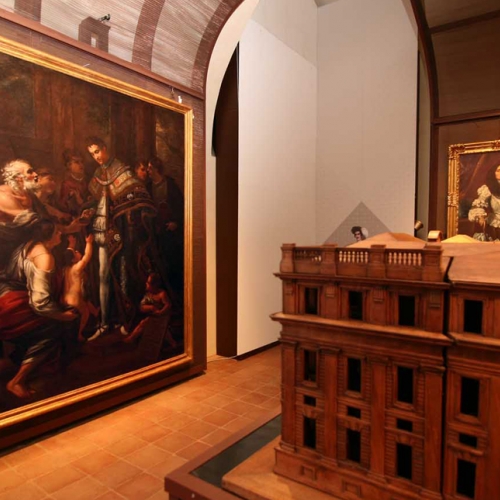
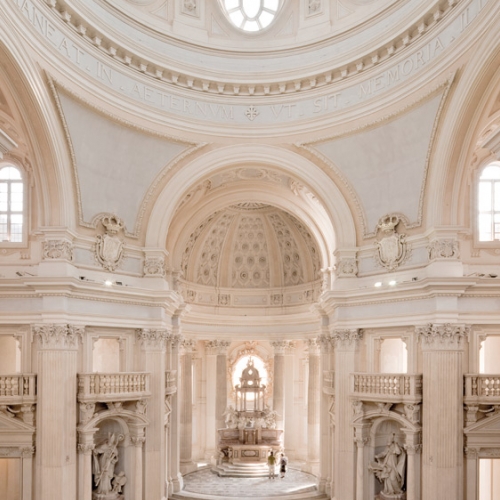
 Tickets
Tickets






